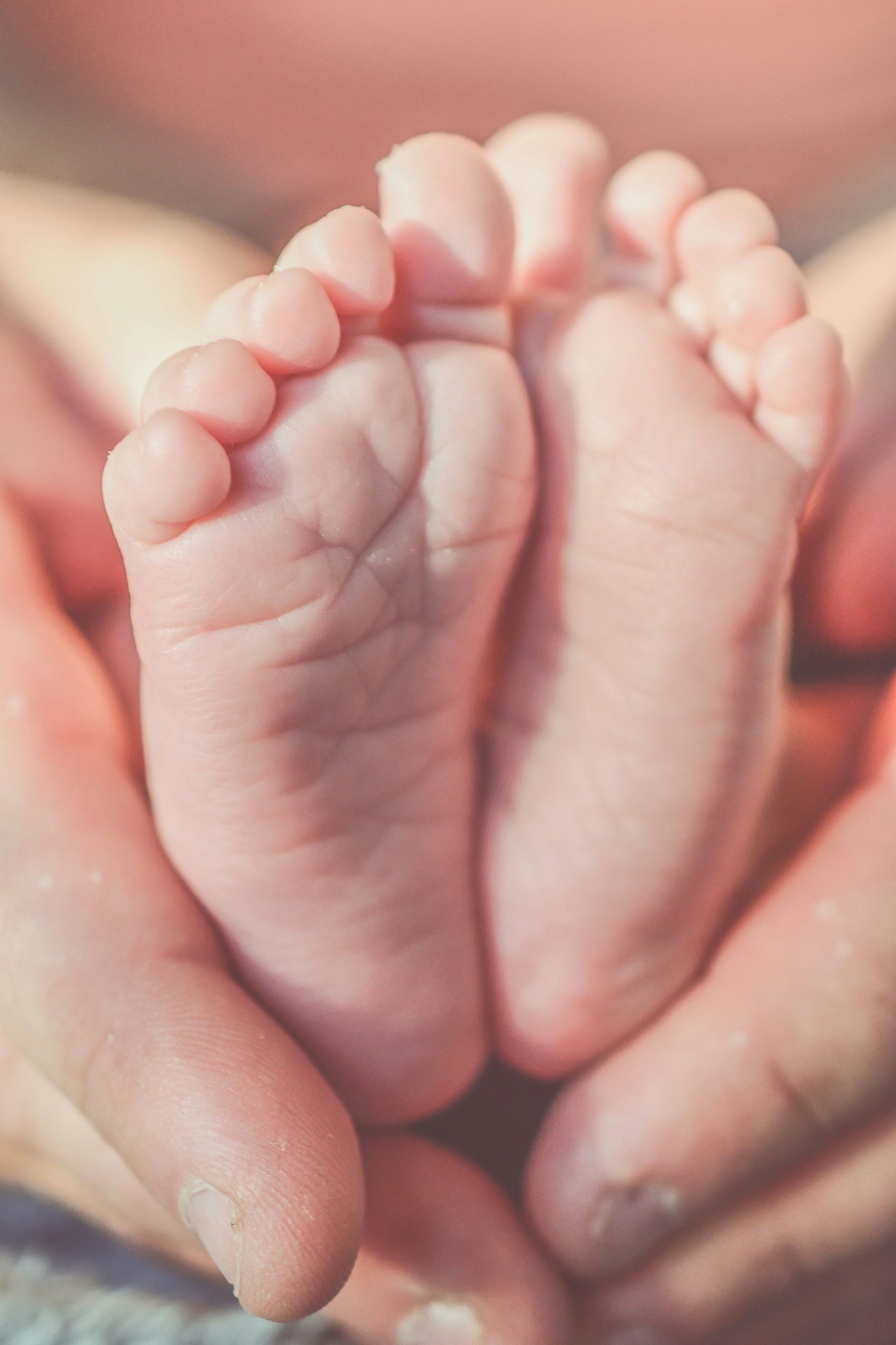More Information: Super On Paid Parental Leave
In a bid to improve retirement outcomes for Australian women, the government has recently announced that from 1 July 2025 it will commence paying super on government paid parental leave (PPL), along with making other changes to expand the PPL scheme. This follows appeals from unions and women’s rights groups, and a growing body of research which highlights a significant disparity in retirement savings between genders. Data indicates that women, on average, retire with 25% less in their superannuation accounts compared to men, a gap attributed to periods spent out of the workforce for child-rearing.
“[Paying super on government parental leave] helps normalise taking time off work for caring responsibilities and reinforces Paid Parental Leave is not a welfare payment – it is a workplace entitlement just like annual and sick leave”, Minister for Social Services Amanda Rishworth has said.
Currently, subject to meeting eligibility conditions, a family can receive up to 20 weeks (or 100 payable days) of government PPL at the rate of $176.55 per day before tax, or $882.75 per five-day week (at the national minimum wage for children born or adopted from 1 July 2023). Two weeks out of the 20 available weeks is reserved for each parent.
With the passing of recent legislation, the PPL scheme will be expanded from 1 July 2024. From that date, individuals and families will have access to an extra two weeks of leave, giving 22 weeks in total, which will increase to 24 weeks from 1 July 2025 and to 26 weeks from 1 July 2026. This means a total of six additional weeks of PPL for new parents, and by 2026, a total of four weeks will be reserved for each parent on a “use it or lose it” basis, which will help encourage greater sharing of the care responsibilities.
The number of PPL days that a family can take together at the same time will also be increased from the current two weeks to four weeks from 1 July 2025, which will increase flexibility for families and support parents to take time off work together. The government hopes that these changes – along with reforms to child care and parenting payments – will mean a more dignified and secure retirement for more Australian women.
Important: Clients should not act solely on the basis of the material contained here. Items herein are general comments only and do not constitute or convey advice per se. Also, changes in legislation may occur quickly. We, therefore, recommend that our formal advice be sought before acting in any of the areas.



